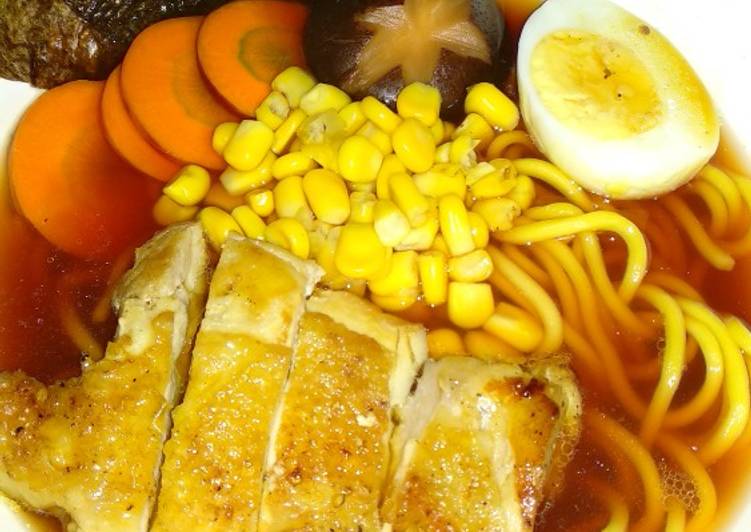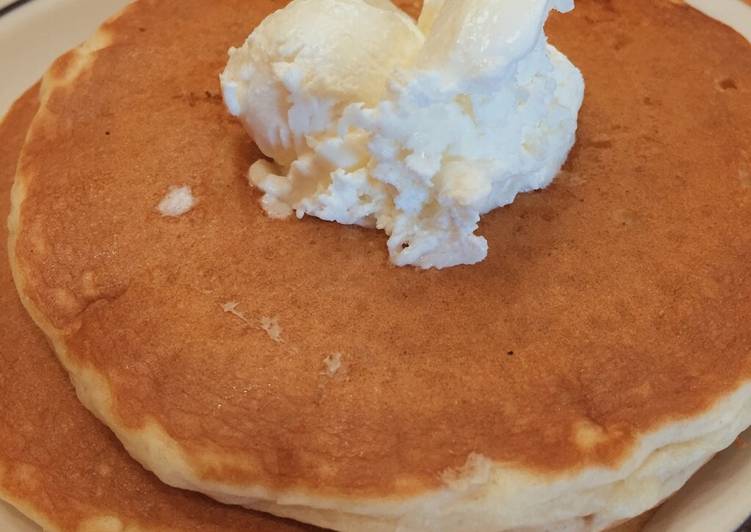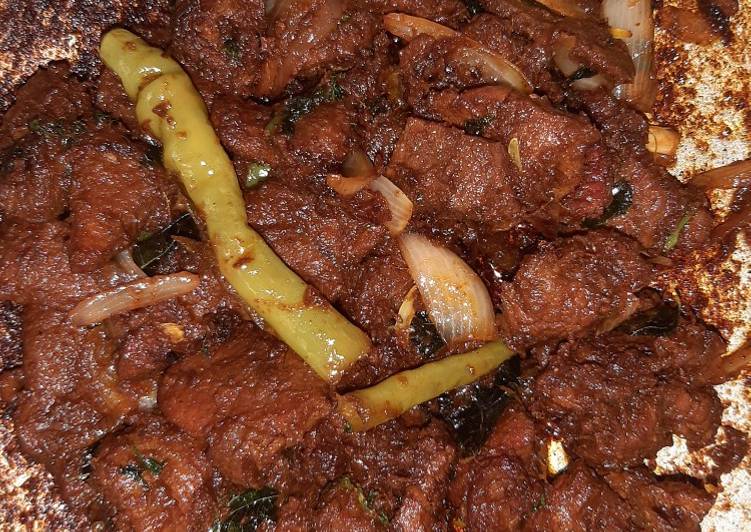
Hello everybody, it’s Louise, welcome to our recipe site. Today, we’re going to make a distinctive dish, zero waste ramen. It is one of my favorites. This time, I am going to make it a little bit tasty. This will be really delicious.
Zero Waste is also an ever changing journey, where one can adapt according to the also ever-changing market and/or family tastes. A couple of weeks ago, a new store opened and I found yogurt in bulk… Keep your hygiene routine zero waste with these simple product swaps. While the journey towards zero waste is a continuous one, these alternatives to wasteful items will make it a little easier.
Zero Waste Ramen is one of the most well liked of current trending meals in the world. It’s appreciated by millions every day. It’s easy, it’s fast, it tastes delicious. They’re nice and they look fantastic. Zero Waste Ramen is something that I have loved my entire life.
To get started with this recipe, we have to prepare a few components. You can cook zero waste ramen using 16 ingredients and 8 steps. Here is how you cook that.
The ingredients needed to make Zero Waste Ramen:
- Get Veggie scraps perfectly washed and clean
- Make ready 2 boneless chicken thighs
- Prepare Fresh or dry ramen noodles
- Make ready 1 Roasted Nori sheet
- Get 2 eggs
- Take 1/2 cup soy sauce
- Take 1/2 cup chicken stock or dashi stock
- Take 1 clove garlic
- Take 1 inch slice of fresh ginger
- Prepare 1 scallion
- Make ready 2 tsp brown sugar
- Take 1 tsp rice vinegar
- Take 1/4 cup mirin
- Get 1/4 cup sake or dry white wine
- Make ready Toppings of your choice
- Make ready to taste Salt and pepper
I've worked on compiling a huge list of zero waste swaps in alphabetical order! Never buy hair elastics, coffee filters, or plastic sandwich baggies ever again. For the most part, our bedrooms are not as wasteful as other areas of the Zero-waste study/home office. In preparation for this post, I went to a local office supplies store.
Steps to make Zero Waste Ramen:
- Put veggie scraps in a large heavy pot and cover with water. Add around 2 tsp of salt, and bring to a boil. Boil them in high heat for about an hour tops.
- Remove the pot from the fire and strain the veggie scraps, reserving the resulting broth. It will be very bland. Don't worry, you can adjust the seasoning later.
- In a sauce pan mix the chicken or dashi stock with the soy sauce, the mirin, sake, sugar, rice vinegar, smashed garlic and ginger, and scallion. Stir and bring to a simmer. Cook on low heat until the mixture has reduced to about 1/2 cup of liquid. Be careful not to let the soy sauce burn. This will be the Tare, and will adjust the seasoning of the ramen.
- Boil two eggs, straight from the fridge, for 6 minutes. Start counting once the water starts boiling. The yolk should come up soft, or at least, perfectly yellow with no grayish rim.
- Add salt and pepper to both chicken thighs. In a skillet, cook the thighs skin side down first, until crispy and golden. Then flip and repeat. Set aside to rest, then cut each thigh into bite size strips.
- Cook the ramen noodles as instructed in the package. If you can't find any, use fresh spaghetti and replace the salt in the water with baking soda (sodium bicarbonate). Around 2 tsp should do.
- Fold the nori sheet four times and cut it into little rectangles.
- Finally, assemble the ramen: place 3 tbsp of tare in the bottom of the bowl, then add the noodles, followed by 4 ladlefuls of veggie broth. Place the toppings on top (the chicken thigh, and the egg sliced in half, and 4 nori sheets). I also added a shitake mushroom, a few slices of carrot, and corn. Be creative, and add any topping you want. Some flavoured oil can also add a great finishing touch (chilli oil, sesame oil, garlic oil, etc).
So that’s going to wrap this up with this special food zero waste ramen recipe. Thank you very much for your time. I am confident you will make this at home. There is gonna be more interesting food at home recipes coming up. Don’t forget to bookmark this page in your browser, and share it to your loved ones, colleague and friends. Thanks again for reading. Go on get cooking!


